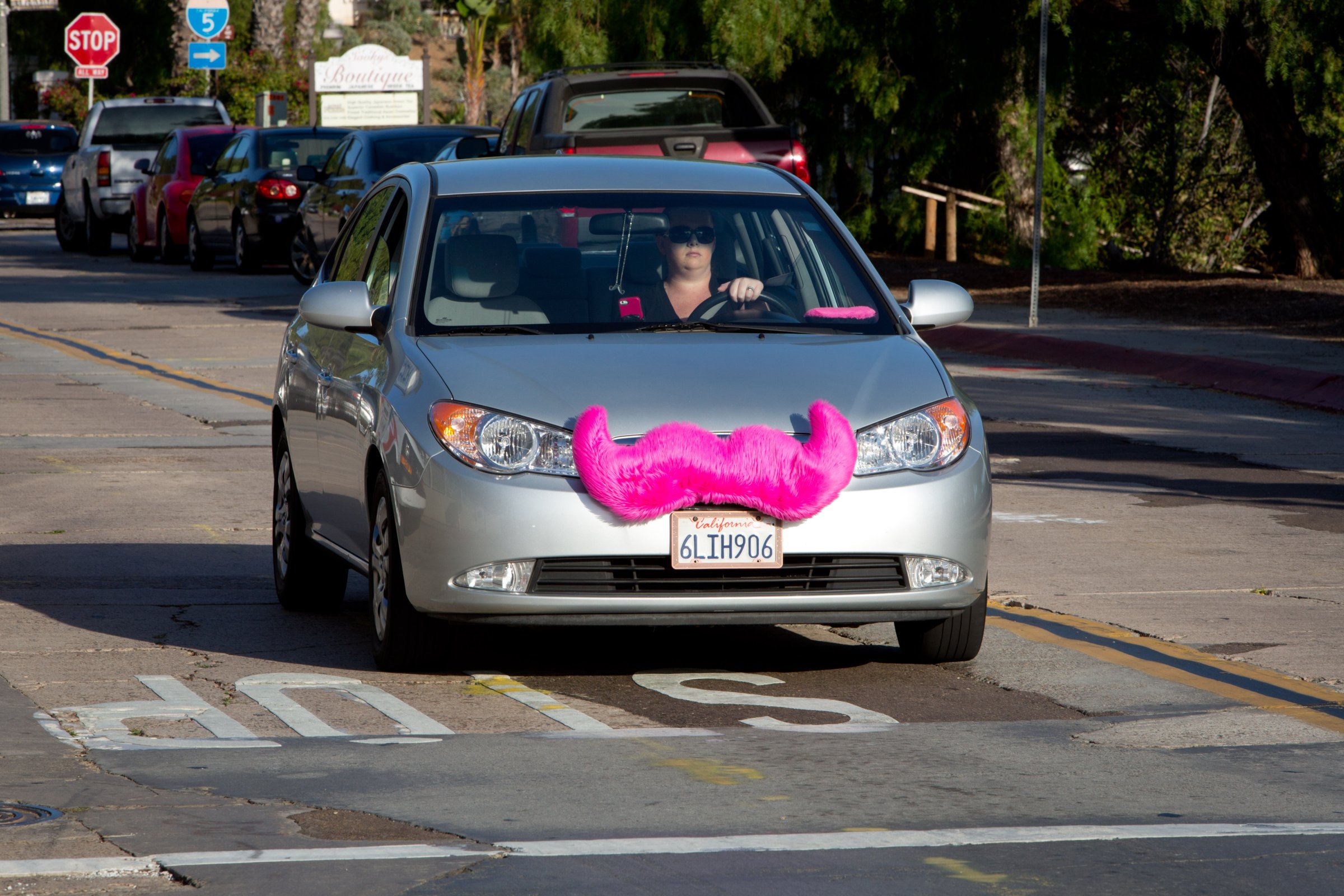
Clarification appended, Nov. 14, 7:40 p.m.
Ride-sharing company Lyft announced the launch of a commuting service Thursday, bringing some new competition to Uber in the employee-travel market.
Lyft for Work allows employers to purchase and issue credits to employees each month, which they can dip into for commuting to the office or traveling to and from certain company events. In July, Uber launched Uber for Business, which allows multiple employees to use a company credit card for billing their work-related car rides, rather than each using individual company cards (or their own and then seeking reimbursement).
The two companies are positioning their employee-centric programs as different types of solutions. Lyft touts Lyft for Work as a social good more than a way to streamline tedious expense accounting. “Across the country, nearly 80% of workers drive to work alone. Imagine if that 80% filled the seats in their empty cars through Lyft,” the company said in their press release announcing the service. “We could eliminate rush hour congestion, drastically reduce travel time and make the commute more enjoyable.”
Uber, on the other hand, bills their service up front as “uncomplicating [sic] business travel for your entire company.” In October, the company claimed that businesses opting for employees to use the lower-priced UberX (rather than cabs or limos) may be saving around $1,000 per employee.
When asked how the new service differs from Uber’s offering, Lyft spokesperson Paige Thelen says it’s more customizable. Employers can set up their workers’ accounts so that funds can be used only to and from preapproved addresses. If a worker takes a Lyft to the office, for example, the app can detect the drop-off point and automatically apply the commuting credits rather than the user’s personal credit card.
Employees can also be left to manually apply the credits, just as Uber for Business users simply toggle to the company credit card as their billing option. Uber emphasizes that using “U4B” gives administrators oversight by cataloging trips and is integrated with an expense management tool, taking another step out of the expensing process for companies who use it.
The two companies—which at their heart share the mission of making local transportation easier—already have several competing services, including a pair rolled out within a day of each other. Lyft Plus is a fancier, more expensive option than a standard ride, which competes with Uber’s signature black car service. UberX is a lower-cost, less formal option that is more on par with the average Lyft, a ride in a non-professional’s personal car. This August, Uber and Lyft both announced new carpooling options, Lyft Line and Uber Pool, cheaper rides available to passengers who are willing to share their vehicle with other travelers going in the same direction.
Uber for Business and Lyft for Work may share a grammatical construction but, as pundits have noted, it’s not necessarily easy to say who really had an idea first. Perhaps with allegations of mimicry in mind, Lyft pointed out in their press release that this type of service has been in line with the company’s mission since it was called Zimride, a precursor to Lyft that was founded before Uber. “From the earliest days, Zimride’s platform was powered through partnerships with companies and college campuses where individuals shared common starting points or destinations,” the company wrote in their release.
“It’s going back to our initial vision,” Lyft spokesperson Paige Thelen says of the new service, “to fill the empty seats in our cars and on our roads.”
Lyft also announced partnerships with 29 companies in place before the launch, including headliners like Yelp. In October, Uber announced that “thousands” of small to mid-sized businesses signed up within the first three months.
Clarification: Lyft announced Adobe as a partner, but that company participated in a pilot program that is now completed and contacted TIME to clarify that Lyft for Work is not currently a transportation option provided to their employees.
More Must-Reads From TIME
- The 100 Most Influential People of 2024
- Coco Gauff Is Playing for Herself Now
- Scenes From Pro-Palestinian Encampments Across U.S. Universities
- 6 Compliments That Land Every Time
- If You're Dating Right Now , You're Brave: Column
- The AI That Could Heal a Divided Internet
- Fallout Is a Brilliant Model for the Future of Video Game Adaptations
- Want Weekly Recs on What to Watch, Read, and More? Sign Up for Worth Your Time
Contact us at letters@time.com